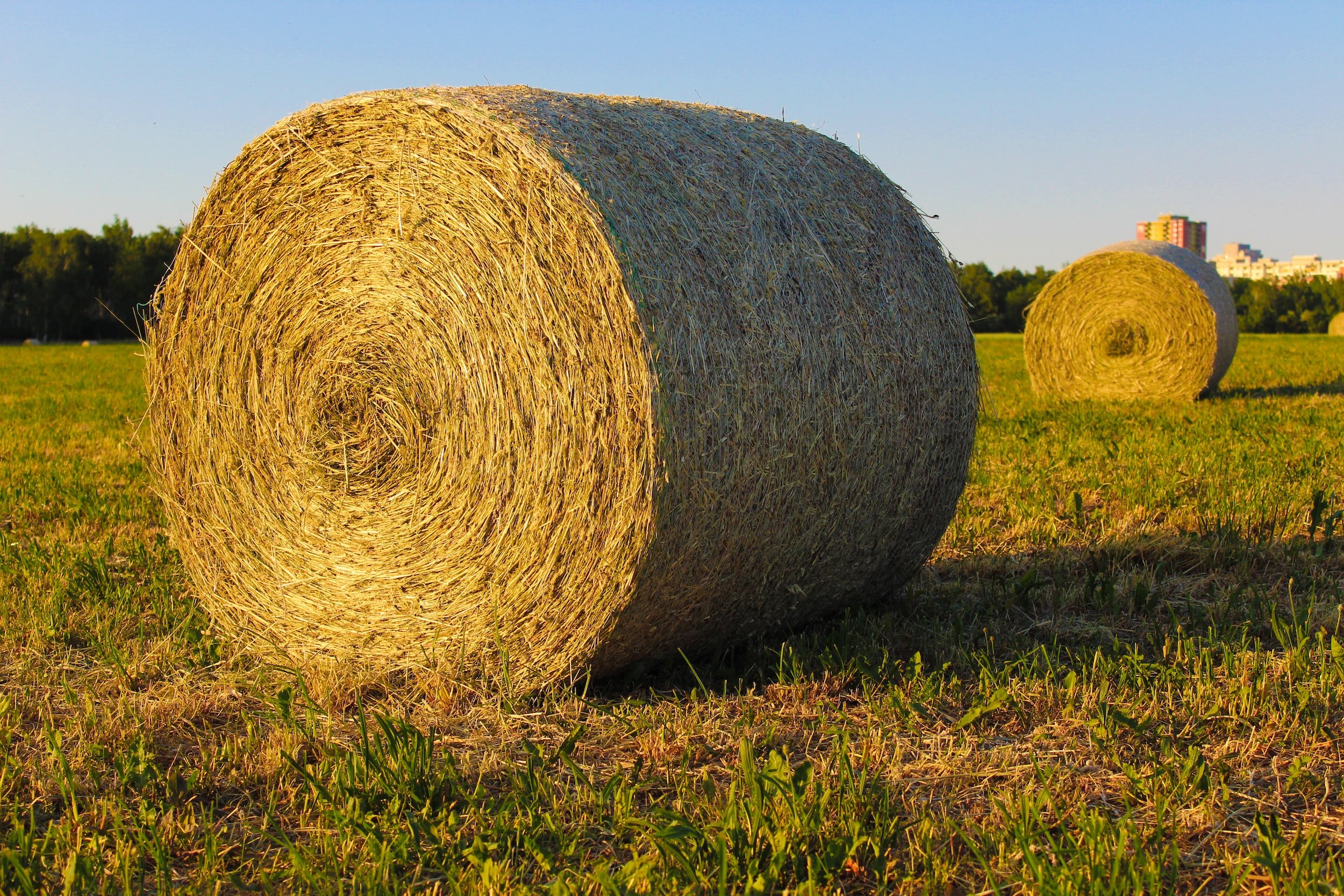By: Jocelyn Arlinghaus, Staff Member
The beginning of 2012 has heralded new developments in the fight to eliminate contagious equine metritis (CEM) in the United States. CEM is a venereal disease common to horses caused by the bacterium Taylorella equigenitalis.[1] It is considered extremely dangerous due to its highly contagious nature.[2] The disease is typically transmitted via sexual intercourse during the mating process, but it may also be transmitted through artificial insemination or contact with hands or instruments that have been contaminated.[3] Common symptoms include vaginal discharge, uterine inflammation, and temporary infertility.[4] Stallions show no physical signs of CEM, which makes detecting and controlling the disease before it spreads extremely difficult.[5] During breeding season, a stallion often infects several mares before the presence of the disease is discovered.[6]
CEM was first diagnosed in England in 1977, but had spread to the United States by 1978 with reports documented in central Kentucky and Missouri.[7] The disease was treated and thought to be eliminated from the United States prior to 2006, when two imported stallions in Wisconsin tested positive for the CEM bacteria.[8] Another outbreak was confirmed in December 2008, when five mares and 23 stallions in eight states tested positive for the CEM bacterium.[9] Although the 28 initially discovered horses were cured of the disease, another 977 horses were exposed to Taylorella equigenitalis in the outbreak, which spanned 48 states.[10] CEM was subsequently discovered in Arabian stallions in May 2010 in California and in July 2011 in Arizona.[11] The USDA’s National Veterinary Service (NVSL) has confirmed that in all cases the infected stallions were contaminated prior to arrival in the United States.[12] Interestingly, the strain of the isolated bacterium in these new cases did not match any strains previously found in the United States, which indicated that the multiple outbreaks were unrelated and therefore developed as a result of separate equine imports from foreign countries.[13] Efforts to eradicate the recent string of outbreaks in the United States continue. Because mares can only be bred during certain times of the year, CEM can substantially impact equine reproductive efficiency.[14] If the disease continues to stabilize in the United States, the equine industry will face great economic losses.[15]
The United States Department of Agriculture Animal and Plant Inspection Service (APHIS) has been taking steps to provide additional safeguards against spreading CEM to horses in United States through importation of infected horses. In 2011, APHIS amended the regulations concerning the importation of horses from countries affected with CEM. The new standards require test mares and imported stallions above a certain age to undergo an additional CEM test to improve the chances of detecting the disease.[16] APHIS has also imposed stricter certification requirements for imported horses 731 days old or less and added new test measures for imported horses more than 731 days old. [17] Yearlings and weanlings require proof that they have not been bread to other horses through artificial insemination in order to be imported.[18]
On January 10, 2012, APHIS announced that it will post lists of states approved to receive imported horses from high-CEM foreign regions to its website rather than including them in the Code of Federal Regulations.[19] This change will not affect the criteria that APHIS uses to determine whether a foreign region should be added or removed from the list or criteria used to approve states to receive horses imported from high-CEM foreign countries.[20] Because these lists will not continue to appear in the Code of Federal Regulations, updates are no longer required to be legislated. [21] This new procedure will enable APHIS to more quickly identify changes in the CEM status of foreign regions and approve states to receive horses from foreign regions where CEM is known to exist.[22] Additionally, this will simplify the process of informing the equine community and the public of any concerns of possible CEM exposure to horses in certain areas of the country. APHIS considers this change to be another step toward eliminating the string of CEM outbreaks and improving the welfare of horses and the equine industry.
[1]Contagious Equine Metritis, United States Department of Agriculture Animal and Plant Health Inspection Service (Mar. 2009), http://www.aphis.usda.gov/publications/animal_health/content/printable_version/fs_CEMrev09.pdf
[2]Id.
[3]Id.
[4]Id.
[5]Id.
[6] United States Department of Agriculture Animal and Plant Health Inspection Service, supra note 1.
[7]Id.
[8]Id.
[9]Contagious Equine Metritis Cases, United States Department of Agriculture Animal and Plant Health Inspection Service, http://www.aphis.usda.gov/newsroom/hot_issues/cem/cem_cases.shtml#december (last modified Jan. 26, 2012).
[10]Id.
[11]Id.
[12]Id.
[13]Id.
[14] United States Department of Agriculture Animal and Plant Health Inspection Service, supra note 1.
[15]Id.
[16]USDA Announces Interim Rule Regarding the Importation of Horses from Contagious Equine Metritis - Affected Countries, United States Department of Agriculture Animal and Plant Health Inspection Service (Mar. 25, 2011), http://www.aphis.usda.gov/newsroom/2011/03/importhorse_cemacountr.shtml
[17] Importation of Horses From Contagious Equine Metritis-Affected Countries, 76 Fed. Reg. 58 (proposed Mar. 25, 2011) (to be codified at 9 C.F.R. pt. 93).
[18] United States Department of Agriculture Animal and Plant Health Inspection Service, supra note 16.
[19] Lists of Regions Classified With Respect to Certain Animal Diseases and States Approved To Receive Certain Imported Horses, 77 Fed. Reg. 1388 (proposed Jan. 10, 2012), (to be codified at 9 C.F.R. pts. 92, 93, 94, 96, 98).
[20]Id.
[21]Id.
[22]Id.









